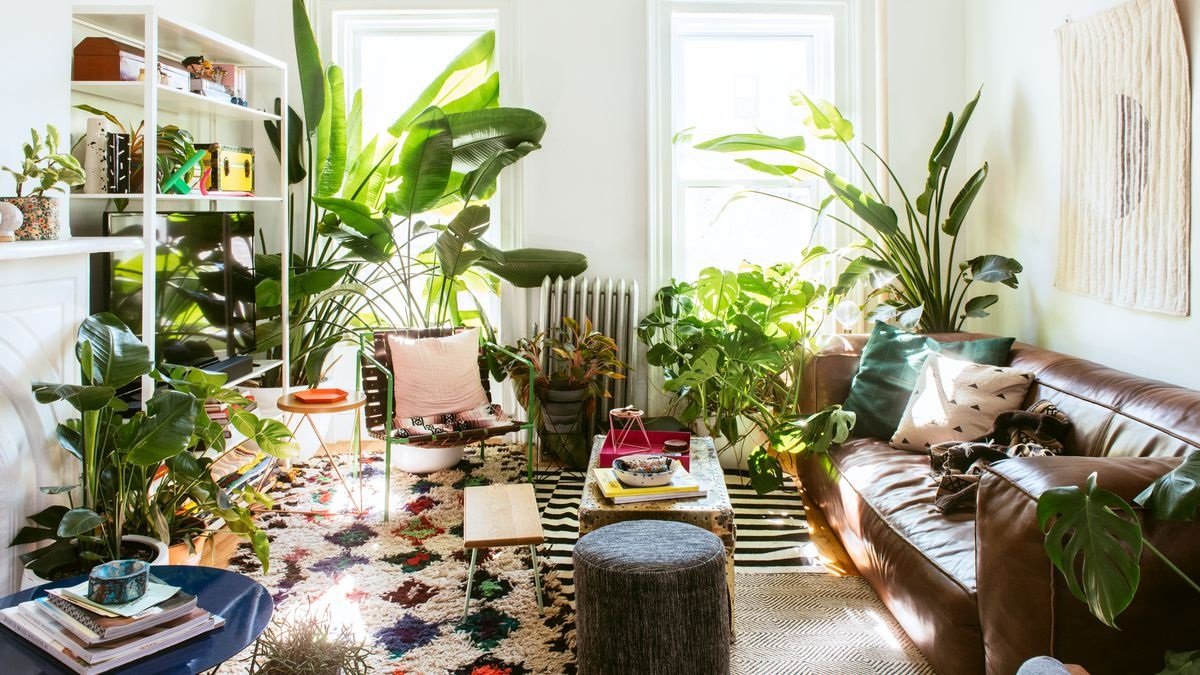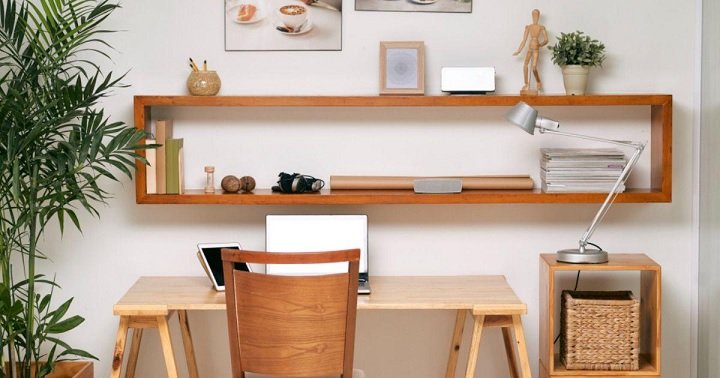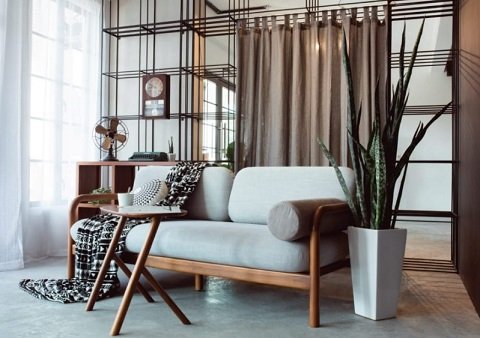
Houseplants make double sense: they bring your home to life – and many plants are also really good for the indoor climate. This climate you need for the perfect betchan casino review canada.
Ivy, aloe vera, ficus – a surprising number of houseplants provide moisture or even filter pollutants out of the air. That’s a good reason to have lots of houseplants in your home, but no reason to just put them in the corner and let them gather dust. We show you ideas on how you can creatively showcase green plants.
IMPROVE THE INDOOR AIR
Dry indoor air is a problem, especially in winter. Certain houseplants can counteract this at least a little. In principle, plants that need a lot of water also release a lot of water into the air. Papyrus plants, ferns, and Cyprus grass, for example, as well as green lilies, monocots, and indoor lime trees, provide a particularly high level of humidity.
Other plants improve the indoor climate by filtering various pollutants from the air – for example, evaporation from furniture, floor coverings, wall paints, or cigarette smoke. NASA has compiled a list of air-purifying plants as part of a study on air purification in space stations. Plants that remove a particularly large number of pollutants include ivy, a monocotyledon, hemp, ivy, greater flamingo flower, hollyhock palm, dragon tree, green lily, ficus, and philodendron.
Plants in the bedroom are also a good idea. Certain houseplants are particularly suitable for this (“CAM plants”): Unlike most plants, they also convert carbon dioxide into oxygen at night. These include, for example, aloe vera, hemp, cacti, orchids, and other succulents. Caution: If you have plants in your bedroom, you should make sure you ventilate them properly, as many plants increase the humidity.
And herbs are a good idea in the kitchen. Not only do you always have fresh herbs for cooking or salads, but you also have living greenery for the eye.
Ivy looks good in almost any home: it can remove pollutants such as formaldehyde, benzene, and toluene from the air, doesn’t need much light, and is otherwise quite uncomplicated. However, it can be toxic to cats and small children.
SIMPLE ELEGANCE: ARCHING HEMP
Houseplants: Bow hemp. Elegant, easy to care for, air-purifying: Sansevieria. Sansevieria is considered the ideal “office plant” – because it is a very easy-care houseplant and also improves the air. Among other things, hemp can filter benzene and formaldehyde from the air. This makes it just as useful in your home as it is in the office. Sansevieria is also a good plant for the bedroom: the green plant absorbs carbon dioxide at night and releases oxygen.
Tip: Green plants such as hemp with straight, symmetrical leaves look particularly elegant in very simple black or white flower pots.
Elegant, eye-catching houseplants such as monocots can be showcased well by placing them on their chair, stool, or table.
FOR LIMITED SPACE: MINI SUCCULENTS
Houseplants: succulents. Takes up little space, and looks good: Mini succulents in a terrarium. You can accommodate decorative plants even in the smallest of apartments – for example, tiny succulents in glass bowls, old goldfish bowls, or terrariums.
Succulents are very popular houseplants because they are easy to care for and decorative at the same time – these include cacti, agaves, stonecrops, saxifrages, peppers, and orchids. Most succulents absorb carbon dioxide from the air at night, making them suitable plants for the bedroom.






